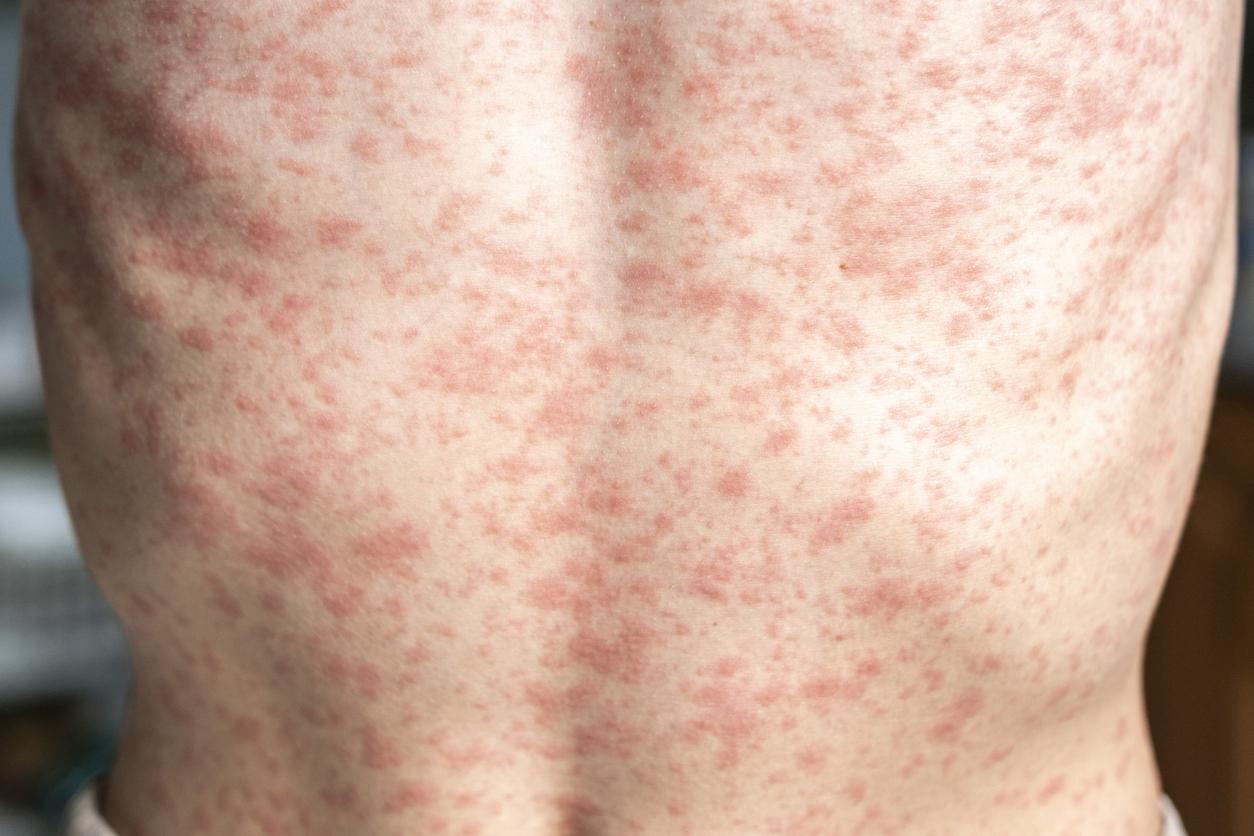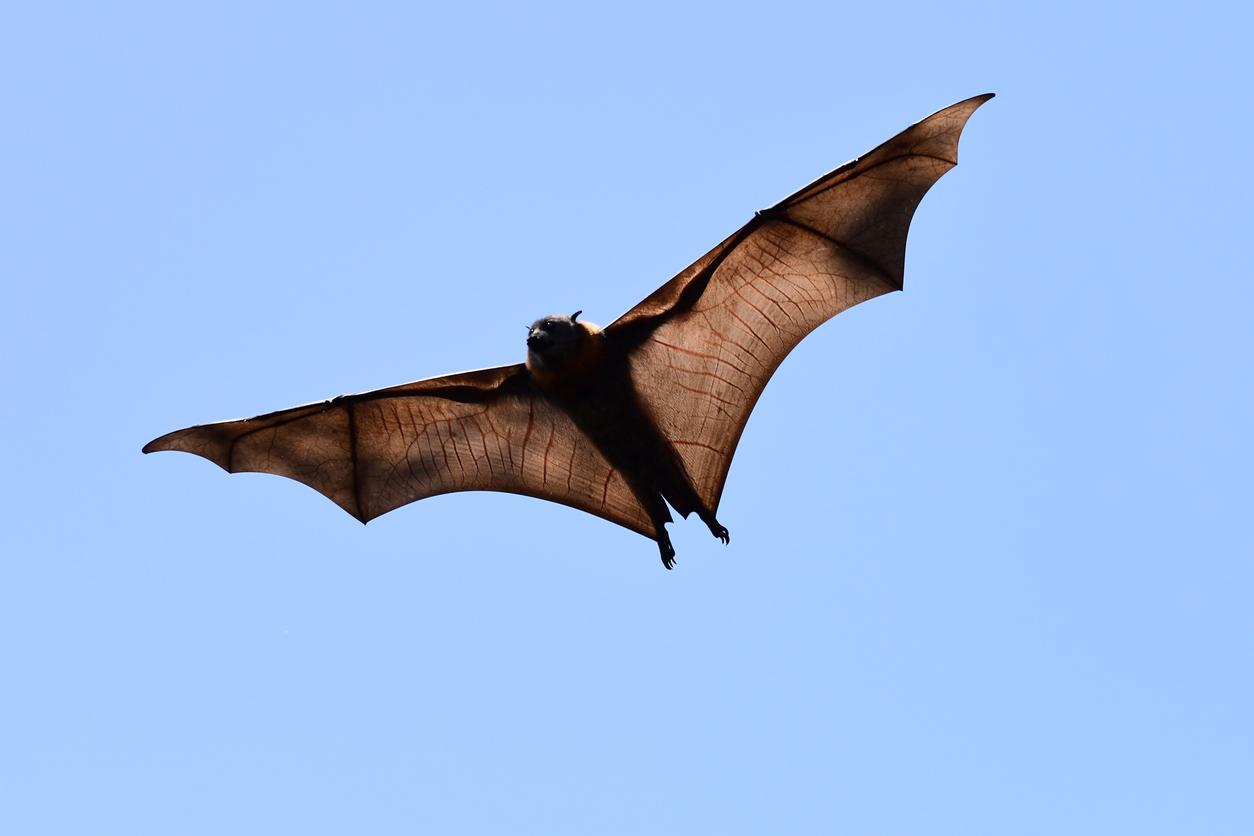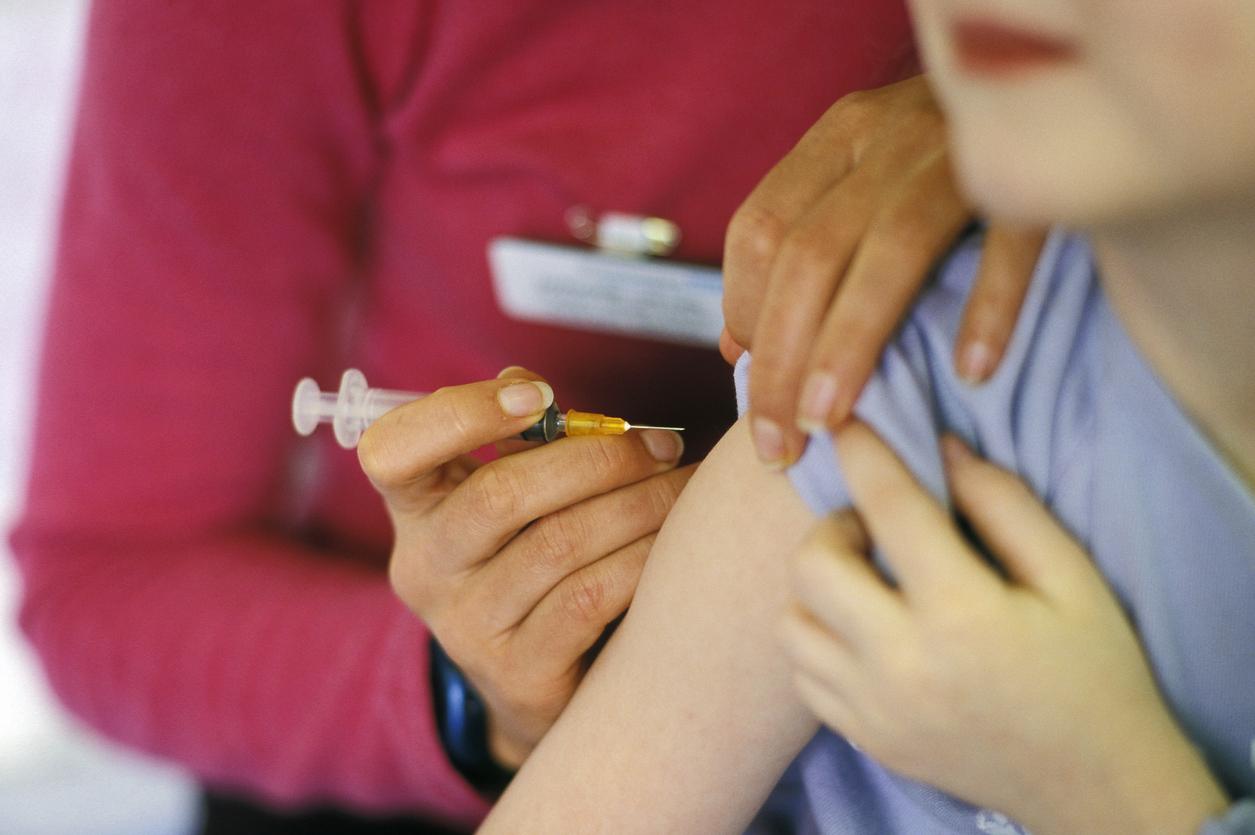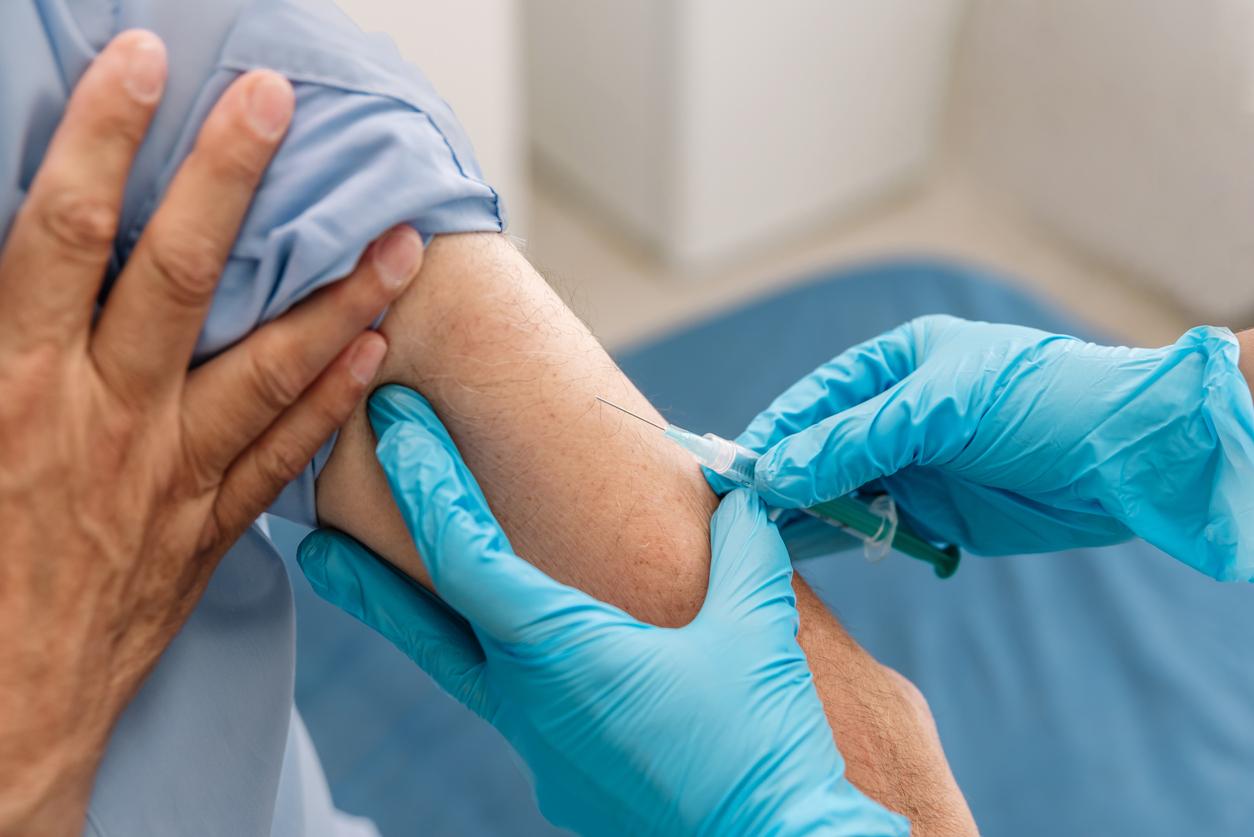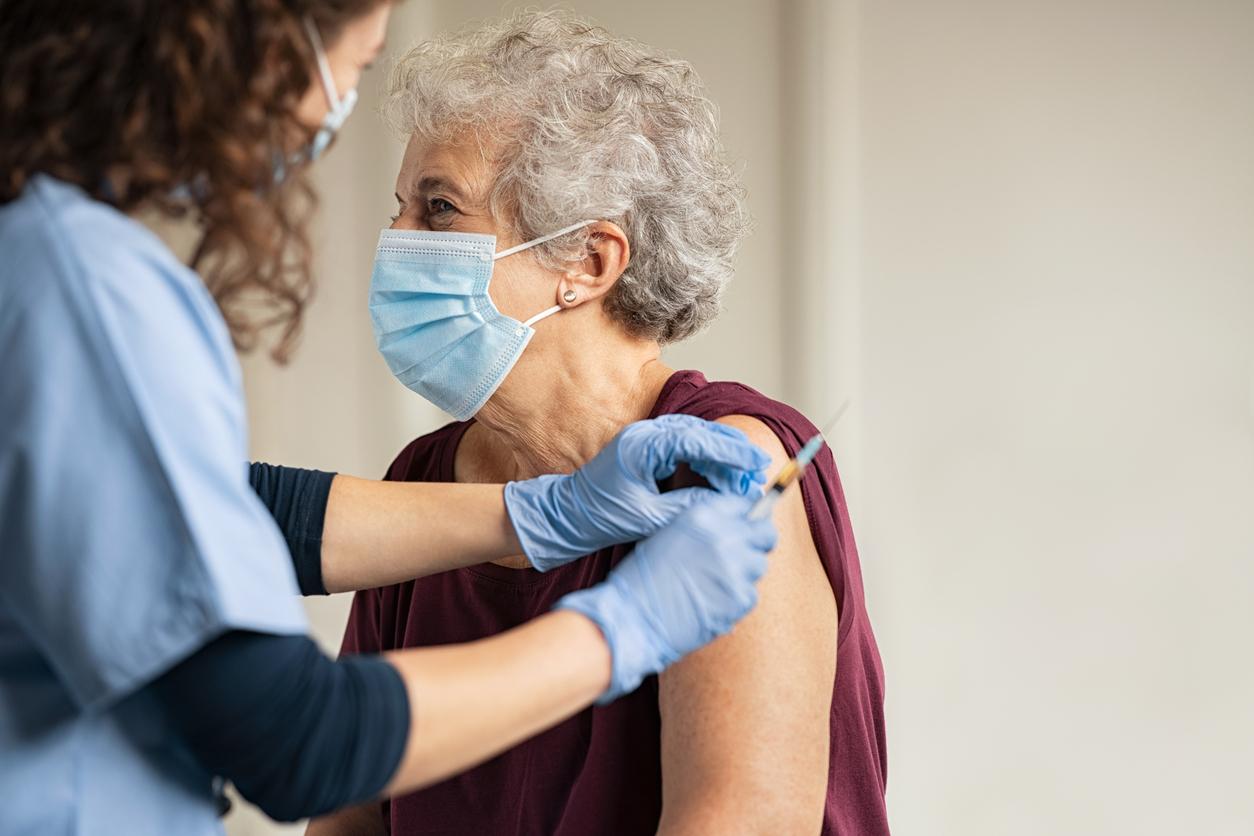French researchers have tested the effects of the so-called reactive vaccination strategy to combat the spread of Covid-19. It consists of vaccinating the entourage, in the broad sense, of an infected person, and not only contact cases.

- As of March 20, 79.1% of the French population had a complete vaccination schedule.
- The reactive vaccination strategy has already been used during waves of meningitis.
- In the case of Covid-19, it has been used in Germany, the United Kingdom, the United States and Strasbourg.
Despite the lifting of health restrictions, the Covid-19 virus continues to circulate in France. Scientists are considering strategies to promote vaccination among recalcitrant people. Until now, ring vaccination was preferred in France: it consists of vaccinating proven contact cases, and their contact cases. In NatureCommunications, an Inserm team demonstrates that another vaccine tool is effective: reactive vaccination. It promotes the vaccination of everyone around an infected person: people living with them, as well as all their colleagues or classmates.
Maintain efforts to fight Covid-19
If vaccination coverage is high in France, the authors believe that it is important to continue to encourage non-vaccinated people to receive the necessary doses. “Efforts to counter the epidemic must be maintained because in a context of still high viral circulation and the lifting of health restrictions, epidemic resumption is not yet excluded, and, with it, the appearance of more contagious variants.they explain in a communicated. To test the effects of a reactive vaccination strategy, they relied on INSEE data. This allowed them to create a statistical model by applying different epidemic scenarios.
Exposure to the virus, an effective argument for vaccination
According to the researchers, in most cases, with the same number of vaccine doses, a reactive strategy is more effective than other vaccination strategies in reducing the number of Covid-19 cases. In a context where vaccination coverage is approximately 45% and where viral circulation is high, the reduction in the number of cases over a period of two months goes from 10 to 16%, if we compare a mass vaccination program with a program where reactive vaccination is implemented in parallel with mass vaccination. They emphasize, however, that this strategy is less effective when the vaccination coverage is high, because a large part of the entourage of infected people is already vaccinated, but it remains relevant according to their conclusions. “Such an approach would still have the benefit of reaching people who have not yet been vaccinated and convincing them more easily of the usefulness of the vaccine, explain the authors. Indeed, having been exposed to the virus increases risk perception and tends to make vaccination more acceptable.” The scientists believe that this strategy could be used, in the event that a new variant emerges and possibly requires new booster doses.

.











